The EPA is involved in some collaborative efforts between industry and government to manage electronic waste and recycling practices better. They have developed the Sustainable Materials Management Electronic Challenge, and they have written a National Strategy for Electronics Stewardship.
The SMM Electronics Challenge is open to manufacturers and retailers of electronics, and it encourages them to send used electronics to certified refurbishers and recyclers. This year, efforts are toward life-cycle reuse of materials, rather than end-of-life planning, and transparency for large electronics manufacturers in documenting their work in this area.
A Million Cell Phones, recycled and mined for parts, will give us 35,000 pounds of copper, 772 pounds of silver, 75 pounds of gold, and pounds of palladium. And calling all miners: a metric ton of old circuit boards will give us more gold and copper ore than a metric ton of ore in the US. Is there a way we can extract this material without poisoning the workers? That is more problematic.
There are two third-party certified organizations that provide standards for the electronic recycling industry. SERI, Sustainable Electronics Recycling International, is a nonprofit, global company who house the R-2 Standard certification program. The goal of this organization is the reuse, repair, and recycling of consumer electronics. The R-2 standard is a common set of processes for businesses who repair and recycle electronics. These standards include safety standards and documentation, and they undergo a rigorous third-party audit system.
E-Stewards is the other recycling certification standard. They have programs specifically for consumers, businesses, and recyclers. The E-Stewards Initiative, started in 2003, states that no hazardous, illegal e-waste will be transported to developing countries, it will not be deposited in landfills, and it electronic recycling will not be done using child or forced labor.
The watchdog organization Basel Action Network is working to track consumer electronics deposited with recyclers since the push for a no-export policy for hazardous e-waste. The group found, through tracking devices put into old electronics sent to recyclers, that about a third of old consumers electronics sent to recyclers is still ending up overseas. They report 65 US based recyclers are still sending e-waste to China, Mexico, Kenya, and Thailand.
Next time you consider buying a new phone, consider the impact your current device will have on the environment if it is not properly recycled. Whether you reuse the phone by handing it down to a family member, recycle it, or even reduce your consumption by fully embracing the maximum usable life of your device you can help.











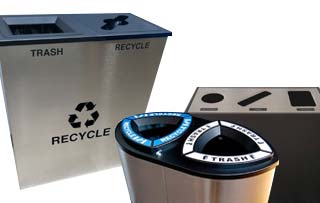









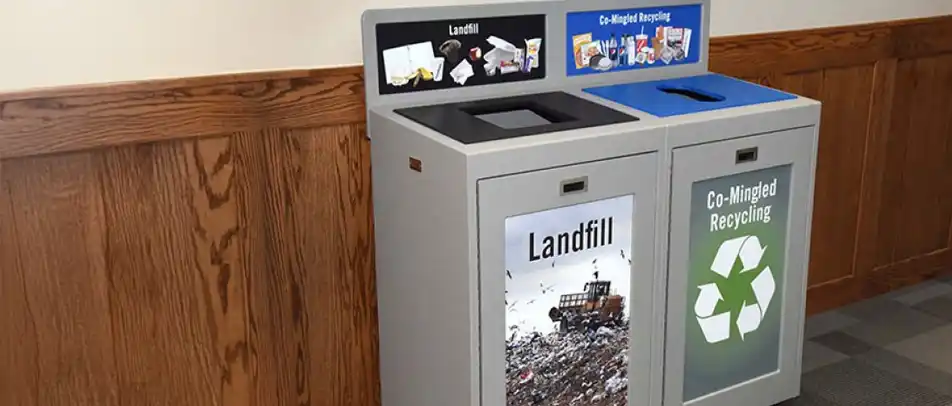










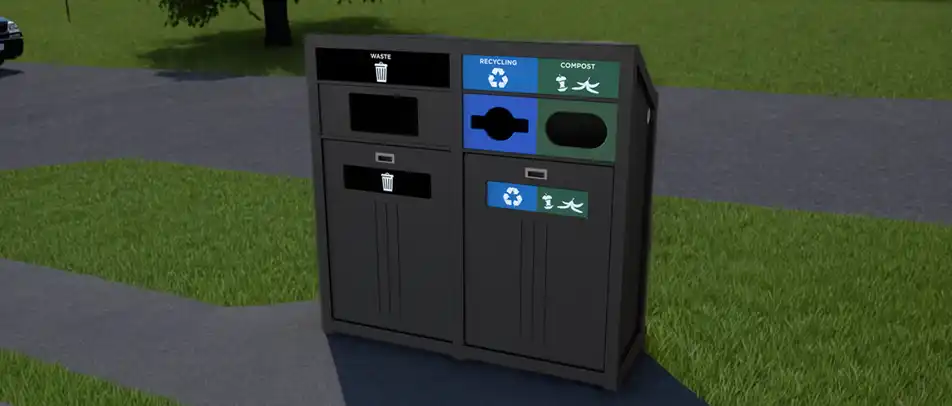












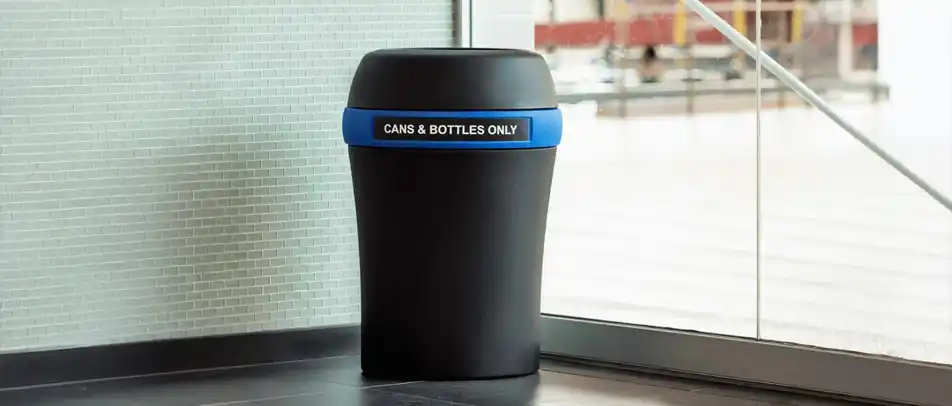









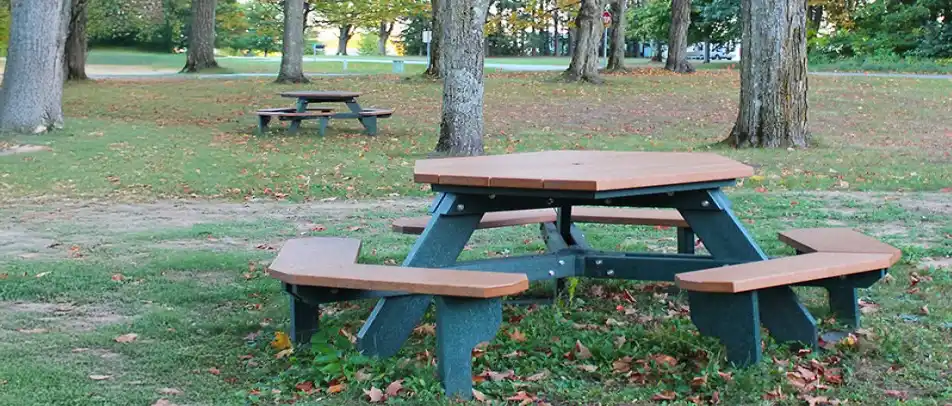

































 Three Ways to Engage Teams and Clients to Maximize Your Recycling Program Engagement
Three Ways to Engage Teams and Clients to Maximize Your Recycling Program Engagement  How to Integrate Accessibility Into Your Sustainability Planning
How to Integrate Accessibility Into Your Sustainability Planning  Why Park Benches Can Promote Workplace Well-Being
Why Park Benches Can Promote Workplace Well-Being 
